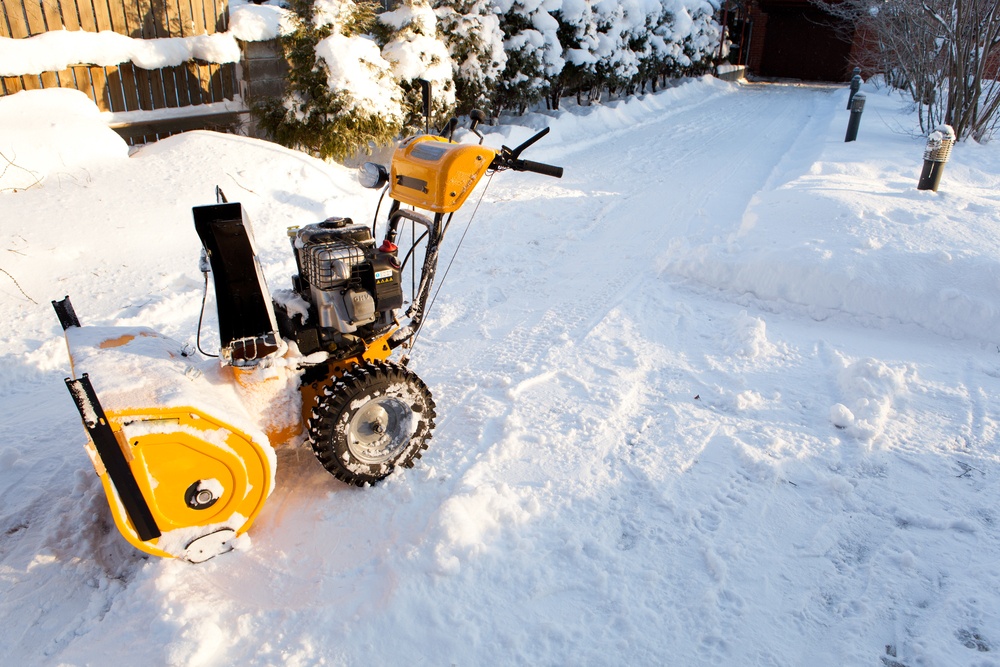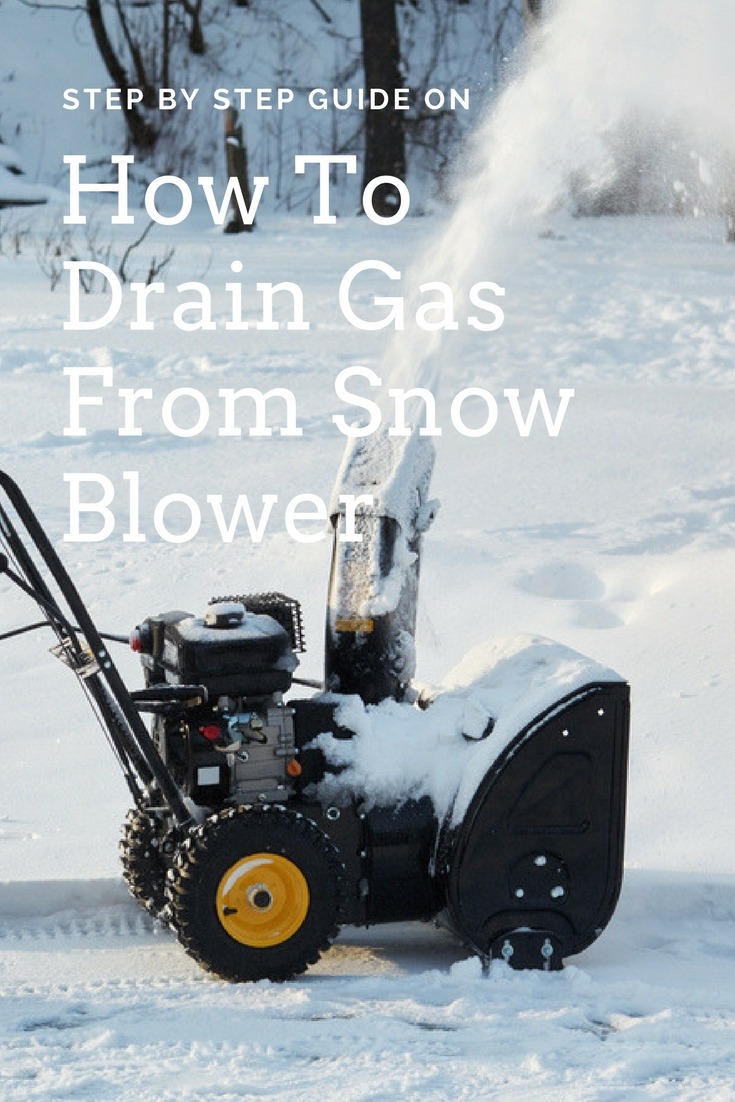Do you need to drain gas from snow blower, especially when you are going to store it for the next season? Well, that actually varies. If you have added fuel stabilizers to the gas of your snow blower, then top off the stabilizer and store the snow blower.
Otherwise, when you pump the gas from the gas station directly into your blower, it is important to know how to drain the fuel to prevent starting problems. I have been taking great care of my snow blower since it is a boon in disguise during the colder months. So, I will like to share those great tips on how to drain gas from snow blower.
You can refer my guide about DIY A Snow Plow
How To Drain The Gas From Snow Blower?

If you need to put your snow blower away for the off season, there are some steps recommended. One important thing that you need to keep in mind while handling a snow blower is your safety. When you store your blower, make sure it is kept away from spark, flame or furnace, water heater, dryers etc. Since the gas is a highly inflammable thing, you shouldn’t be careless when draining it out.
What Are The Things You Need To Dry The Gas From Snow Blower?
Here are the basic things in need when you reading about how to drain gas from snow blower.
- The Manual book
- Siphon Pump
- Plastic Drain Sleeve
- Wire Brush
- Oil
Steps To Drain Gas From Snow Blower
Now you need to follow the steps below for you convenience and efficiency.

Read the operator's manual
Dear readers, I will like all of you to read the manual to know the storage instructions as enlisted by the manufacturer.
Know the parts that you need to replace
List the parts that you need to replace every season before you run the device once more.
Check the shave plate and skid shoes
See if the skid shoes and shave plate is having any wear and tear. Tilt the blower in order to check the shave plate and if you see any sign of damage, see if you can reverse them. Since many shave plates come with two wearing edges.
You need to empty the tank
Drain the residual fuel using siphon pump
Check the gear shaft and oil it
Move the pivot up and forward so that it puts a limit on the auger housing and do it with safety. Move the lower cover and check the gear shaft, then apply a little oil to the hex shaft.
Do not pour oil on the aluminum drive plate or rubber friction disc. Then check if there is any crack on the rubber disc, cover back the lower frame and pivot the blower once more.
Check the belt
You need to remove the belt cover and see if there is any wear and tear. Replace the belt if necessary and reinstall the cover once more.
Check the auger
You need to keep a tab on the rubber paddles of an auger to see if there is any damage and replace if required.
Change the engine oil
If the unit you use has four-cycle engine oil you need to replace it using a pump or drain sleeve.
Check and clean the spark plug
You need to check the spark plug as well and clean it with a wire brush if necessary
Clean the space near muffler and engine
This is utmost necessary to avoid rusting of the engine and nearby areas. You can put a light coating of oil to those areas as well.
Add some fuel stabilizer
Add some fuel stabilizer to avoid the exposure of metal parts to air, moisture, and restrict rust.
Read more Guides for Choosing a Light Weight Snow Blower
Conclusion
As soon as you have followed these steps, you are all set to store your snow blower for using it in the next season. You can keep it in your garage and keep the engine leveled, as a little tilting may cause the oil tank to leak.
So, if you are a planning to cover the snow blower, make sure no moisture get in your machine. This will ensure a better, quicker and more effective performance. If there are any problems, just leave in the comments below. We will figure them out together.
Pin It!


